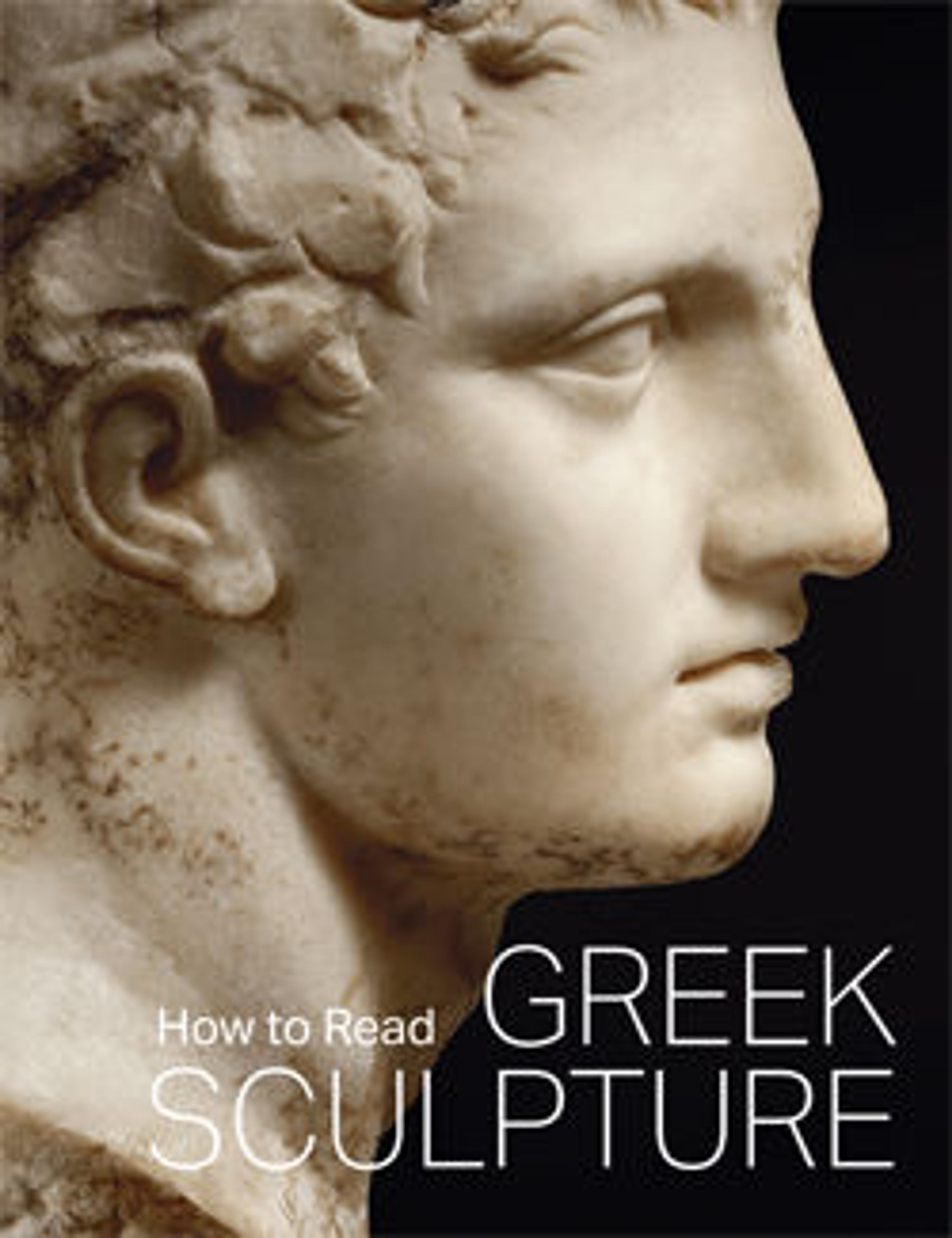Bronze statuette of a horse
When this bronze horse was first acquired in 1923, its austere majesty led to its identification as an Early Classical masterpiece of the fifth century B.C. It was long heralded as artistically the most important single object in the Museum's Classical collection. In the late 1960s, its authenticity was questioned on technical grounds, causing an international uproar and intense scholarly debate. After extensive scientific analysis, including thermoluminescence dating of its clay core, its authenticity was vindicated. However, reconsideration of its stylistic features in light of our current knowledge of the reuse of earlier styles in Hellenistic art has led to a more probable dating in the Late Hellenistic period.
In the Classical period, such large statuettes were primarily religious in nature. Bronze horse or horse-and-rider statuettes were typically placed on the tops of columns set up at sanctuaries by the animal's owner in commemoration of one or more victories in the horse races held at the Panhellenic sanctuaries of Olympia, Delphi, Isthmia, and Nemea. This practice continued in Hellenistic times, when other uses were also possible for such a sculpture of a horse. For example, it could have decorated a private home. It could also have been made for the Roman art market, for which many Greek artists were producing works in the Classical style in the first century B.C.
In the Classical period, such large statuettes were primarily religious in nature. Bronze horse or horse-and-rider statuettes were typically placed on the tops of columns set up at sanctuaries by the animal's owner in commemoration of one or more victories in the horse races held at the Panhellenic sanctuaries of Olympia, Delphi, Isthmia, and Nemea. This practice continued in Hellenistic times, when other uses were also possible for such a sculpture of a horse. For example, it could have decorated a private home. It could also have been made for the Roman art market, for which many Greek artists were producing works in the Classical style in the first century B.C.
Artwork Details
- Title:Bronze statuette of a horse
- Period:Late Hellenistic
- Date:late 2nd–1st century BCE
- Culture:Greek
- Medium:Bronze; direct lost-wax casting
- Dimensions:H. 15 13/16 in. (40.2 cm)
- Classification:Bronzes
- Credit Line:Fletcher Fund, 1923
- Object Number:23.69
- Curatorial Department: Greek and Roman Art
More Artwork
Research Resources
The Met provides unparalleled resources for research and welcomes an international community of students and scholars. The Met's Open Access API is where creators and researchers can connect to the The Met collection. Open Access data and public domain images are available for unrestricted commercial and noncommercial use without permission or fee.
To request images under copyright and other restrictions, please use this Image Request form.
Feedback
We continue to research and examine historical and cultural context for objects in The Met collection. If you have comments or questions about this object record, please contact us using the form below. The Museum looks forward to receiving your comments.
